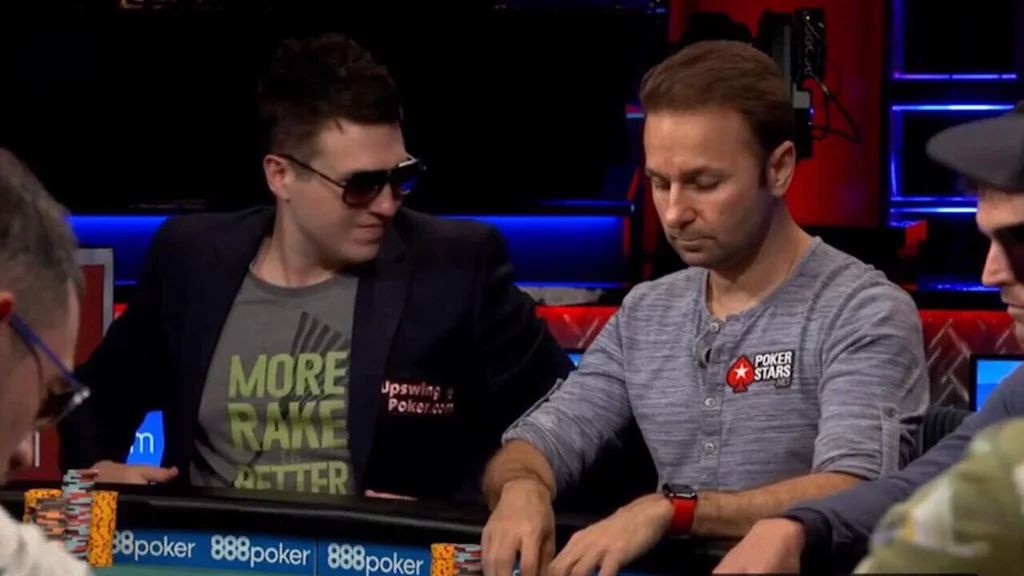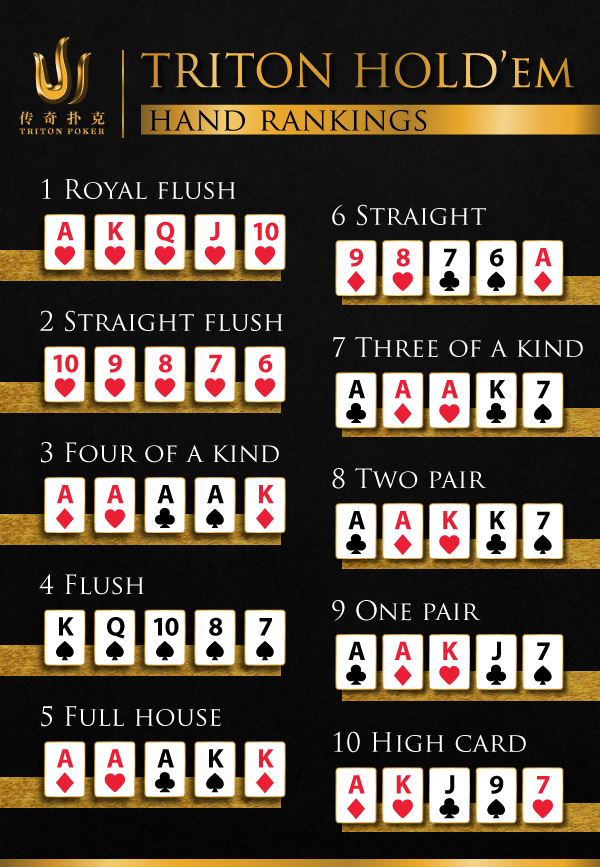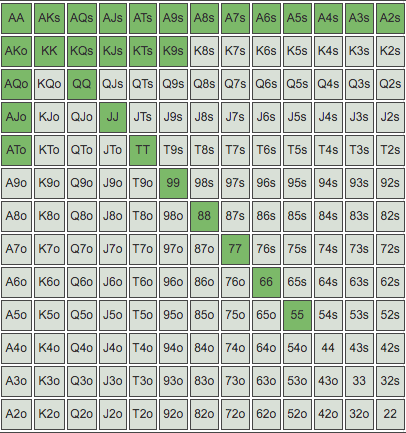Is using a preflop chart a crutch or maybe even a form of cheating? Or is it a memory aid that does not have much impact on your bottom line?

The real time assistance (RTA) debate was derailed a little last week when it morphed into a discussion on whether starting hand charts were a form of RTA. Daniel Negreanu was insisting that Doug Polk not use a starting hand chart when they play together.
Negreanu rightly pointed out that he has allowed Polk the most advantages in their challenge (picking Polk’s known best format and perhaps Negreanu’s worst) and I do agree with him that if he thinks charts muddy the water, Polk should pick his battles and let KidPoker have this one. I can’t imagine Negreanu’s opening ranges are going to mirror ones you would see on a GTO chart anyway.
I think what we have seen here, however, is a good example of something I have written about before called The Bike Shed Effect, whereby arguments often derail into pointless minutiae when some of the parties involved do not understand the nuances of a topic. I’m sure he will forgive me for saying but Negreanu is not known for being an expert on PIOSolver, but a chart that could tell you to muck A9o under the gun he has an opinion on. The real thing we should be worried about in poker is RTAs but few people (myself included) truly understand them, but we all have seen preflop charts.
1/3
Imagine two guys play HU poker.
Both using GTO preflop charts in real time using an RNG.
You literally would have two people making zero preflop decisions and playing the identical strategy.
That is not poker.
Charts are a crutch.
— Daniel Negreanu (@RealKidPoker) October 8, 2020
A memory aid not an answer book

Opening range charts are not cheating, in fact most poker rooms have stated they allow them. They can indeed be crutches as Negreanu suggested, but for the most part I believe they are memory aids for something you have already studied. For me the line between cheating and a legitimate tool is whether the answer you are being provided is something you had seen before. When I look at an UTG opening range it is reminding me of something I studied and agreed with, so much so I printed it out. When a solver tells me an answer to a spot I had never even contemplated before during the hand itself, that is when it becomes cheating.
To be clear, that means I think if somebody has a dynamic database of charts for a wide range of situations which shows you ranges for spots they have never studied, when they come up, that should not be allowed. I’m talking about simple static charts the user has previously studied.
If these simple opening range charts are cheating, then a lot of other things are too. Many of us have used a hand rankings chart the first few times we played poker and some of us still do for Short Deck. My last two books contained a lot of preflop range charts too which we suggest players do not take to the tables with them, but some choose to. Now and then I might write on a notepad on my desktop a reminder that I have been overplaying rag aces or underplaying suited aces. All of these things could, in theory, be considered a step too far in that you are using something external to make a decision rather than producing the thought in your head organically.
An over reliance on hand charts is probably going to harm your game anyway as minor tweaks in the dynamics can change your range. If somebody is playing too loose you can probably play a wider range for value against them, for example, which would be lost if you stuck to your standard range. ICM is another example of something which could dramatically change your range when all other information is the same. For example, I am working on my third book with Dara O’Kearney and last week I made this comparison, all of which were 12BB shove ranges from MP3 at the same stage of an MTT, the only difference was the stack sizes of the rest of the table. As you can see the difference between range 2 and 3 is dramatic.
| Situation | Range |
|---|---|
| Example 1 | 26.7% 22+ A2s+ A9o+ A5o-A4o K3s+ KTo+ Q8s+ QTo+ J9s+ JTo T9s |
| Example 2 | 20.4% 22+ A2s+ ATo+ K8s+ KTo+ Q9s+ QJo J9s+ T9s |
| Example 3 | 41.7% 22+ Ax K2s+ K9o+ Q2s+ Q9o+ J5s+ J9o+ T6s+ T9o 96s+ 85s+ 75s+ 65s 54s |
A solid preflop range is useless without good postflop skills

Daniel Negreanu is right that a chart could be a crutch for some players, but most of the time it is simply a memory aid and does not give any real advantage. It is probably most useful for somebody who is multi tabling and if anything that player might be giving up a little bit of edge per table. Much in the same way a HUD does not really help a player, simply reduces the loss of edge playing lots of table forces upon them.
One final important note is that preflop ranges really are a minor issue compared to the damage a real time post flop solver could do. No matter how good a preflop chart is, you are on your own on the flop and beyond where the real skill edges are realised. Other than shallow turbo tournament formats, the benefits of a preflop chart are tiny, and in those formats the edges are small anyway.
The entire debate is somewhat moot because it would be almost impossible to police, as long as we are still able to print ink on paper. Having said that I would personally avoid keeping a chart on your desktop (and instead study your ranges away from the table) for the simple reason that it might stop you being able to adapt easily.
Do you use a preflop range chart while you play? Let us know in the comments:
source https://casinonewsblogger.com/are-preflop-range-charts-cheating/

No comments:
Post a Comment